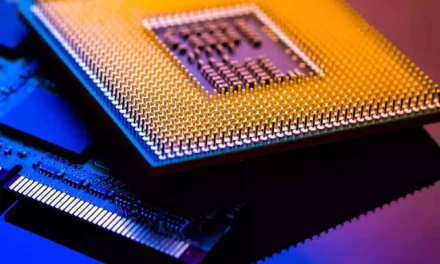India’s electronics manufacturing sector has experienced significant growth, positioning the country as a key player in the global market. The industry was valued at approximately $118 billion in 2021 and is projected to reach nearly $400 billion by 2025.
Expanding Consumer Base: India’s large and growing population, coupled with rising disposable incomes, presents a substantial market for electronics products. This demographic trend is driving demand across various sectors, including smartphones, consumer electronics, and industrial machinery.
Government Initiatives: The Indian government has introduced several schemes to boost domestic manufacturing, such as the Production-Linked Incentive (PLI) Scheme, which offers financial incentives to manufacturers. Additionally, the government plans to offer up to $5 billion in incentives to promote local electronics component production and reduce dependency on Chinese imports.
Strategic Location: India’s geographical position offers strategic advantages for exporting electronics to various regions, including the Middle East, Africa, and Southeast Asia. This location can serve as a hub for global supply chains.
Infrastructure Limitations: Despite improvements, India’s infrastructure still faces challenges, including inadequate logistics, inconsistent power supply, and limited access to high-quality raw materials. These issues can hinder manufacturing efficiency and increase operational costs.
High Manufacturing Costs: Manufacturing costs in India are higher compared to countries like China, Vietnam, and Mexico. Indian manufacturers face production costs that are 10–20% higher, making it difficult to compete in the global market, particularly for cost-sensitive electronics.
Supply Chain Disruptions: Global supply chain issues, including delays in customs and dependency on imports for critical components, affect the availability and cost of raw materials and semiconductor equipment. This reliance on overseas suppliers adds complexity to India’s semiconductor ambitions.
Skilled Workforce Shortage: There is a need for a larger pool of skilled professionals in electronics manufacturing. Addressing this gap is essential for sustaining growth and maintaining competitiveness in the global market.
India’s electronics manufacturing sector holds significant potential for growth, driven by a large consumer base, supportive government policies, and strategic location advantages. However, addressing challenges related to infrastructure, manufacturing costs, supply chain disruptions, and workforce skills is crucial for realizing this potential and establishing India as a global electronics manufacturing hub.














